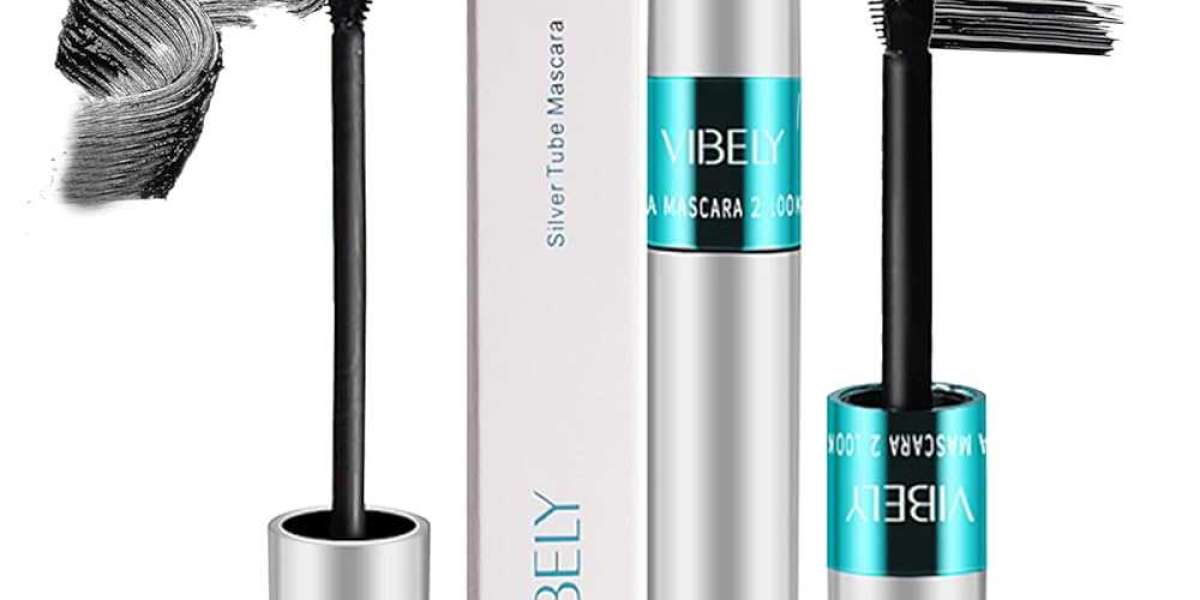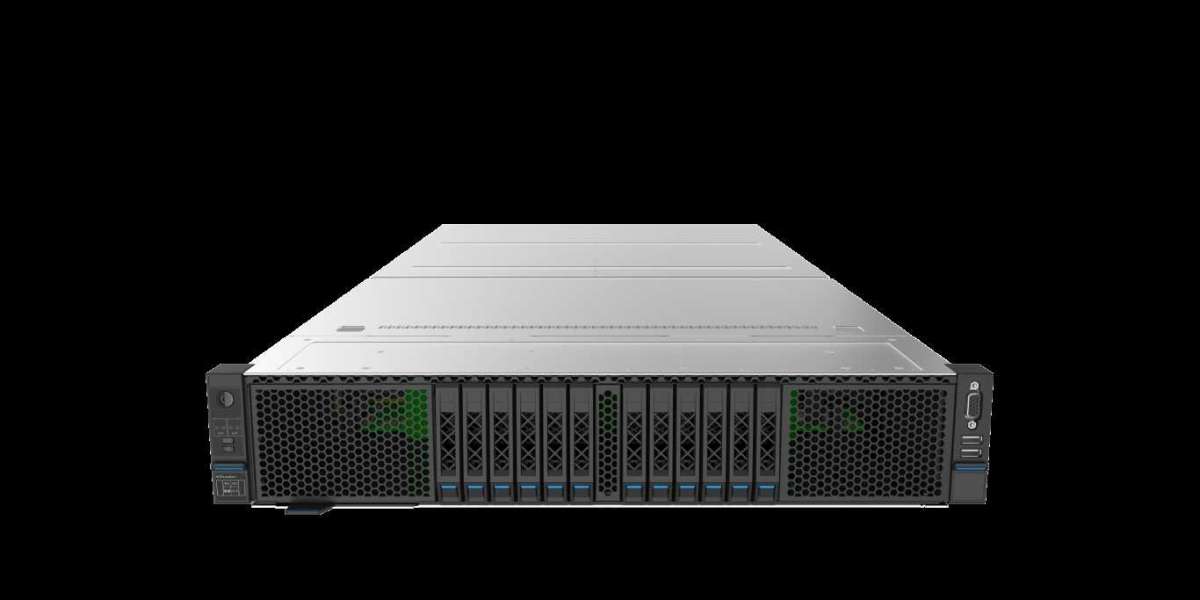Maintaining a liquid-cooled CPU system is often daunting, especially considering the potential risk of water being present near the computer. However, following the guidelines I provide here can ensure that your system remains in the best condition.
For those who use open-loop systems, it is important to be familiar with the basic components of a liquid cooling system, namely the radiator, fan, coolant, water deflector and water pump. In addition, you must know how to determine whether the liquid cooled CPU is working properly.
To start the maintenance process of your liquid cooling system, let's begin with the radiator. The heat sink fins of a radiator play a crucial role in distributing coolant throughout the computer, effectively maintaining the cooling of components.
However, due to the continuous rotation of the fan, it is common for dust to accumulate on the blades. To solve this problem, please use compressed air or a soft paintbrush to remove any accumulated dust.
Next comes the water pump, which is the core component responsible for circulating distilled water throughout the cooling circuit and maintaining the required temperature of the components.
Although pumps usually do not require regular maintenance, they should be rinsed with distilled water at least once a year. This process helps keep the circuit clean and ensures its smooth operation. During the coolant flushing process, you can also clean the water blocks. To minimize oxidation and dust accumulation, remove the water block and soak it in a soluble solution.
The system should be flushed at least once a year. This process involves emptying the existing coolant and replacing it with a new coolant. To minimize the risk of corroding your computer components, I strongly recommend that you use distilled water mixed with disinfectants and inhibitors during this process.
Now, you have everything you need to effectively maintain a water-cooled computer.
How long can liquid cooling last in a liquid-cooled CPU?
Advanced all-in-one (AIO) water cooling solutions can provide an average of approximately 3 to 6 years of reliable performance. However, when it comes to customized liquid cooling solutions, their lifespan is often short, usually ranging from 1 to 3 years without any maintenance.
However, with proper care, including regular cleaning and flushing, custom Settings can match or even exceed the lifespan of AIO coolers.
Unlike AIO coolers, which typically require minimal user intervention, customliquid cooled cpu setups need more manual maintenance to ensure their lifespan. You can't set it up and then forget.
By investing time and effort in frequently cleaning and flushing the system, you can effectively prevent the accumulation of debris, dust, or sediment, which may hinder the system's efficiency and potentially cause hardware problems.
Поиск
популярные посты
-
 Análisis de tendencias, tamaño y participación del mercado global guantes de examen 2024-2032
От robinyoung
Análisis de tendencias, tamaño y participación del mercado global guantes de examen 2024-2032
От robinyoung -
 Exploring the Complexities of Escort Services in Dubai
Exploring the Complexities of Escort Services in Dubai
-
 BetWinner Promo Code 2025: Unlock Multiple Deposit Bonuses with LUCKY2WIN
От Dax Nader
BetWinner Promo Code 2025: Unlock Multiple Deposit Bonuses with LUCKY2WIN
От Dax Nader -
 Then Again
Then Again
-
 Vibely Mascara Takes Sephora by Tornado: Is This The Next Cult Appeal Item?
Vibely Mascara Takes Sephora by Tornado: Is This The Next Cult Appeal Item?


